Etiqueta "data structure"
Se han encontrado 5 Coincidencias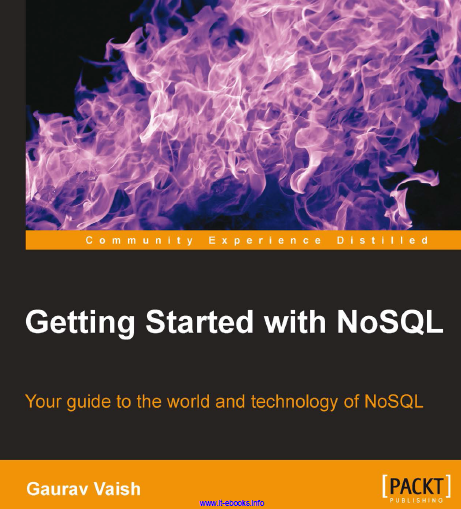
Getting Started with NoSQL
Your guide to the world and technology of NoSQL
152 Visitas | 204 Descargas | 2013-09-16 15:29:46 | jgramos
Relational databases have been used for decades, and in the last few years NoSQL has been a growing choice for large-scale web applications. Non-relational databases provide the scale and speed that you may need for your application. To switch you must know the options available, the advantages and drawbacks, and scenarios which it is suited to the most and where it should be avoided at all costs. Getting Started with NoSQL is a from-the-ground up guide that takes you from the very first steps to a real-world NoSQL application. It provides you with a step-by-step approach to design and implement a NoSQL application that will help you make clear decisions on database choices and database model choices. The book is suited for a developer, an architect, as well as a CTO.
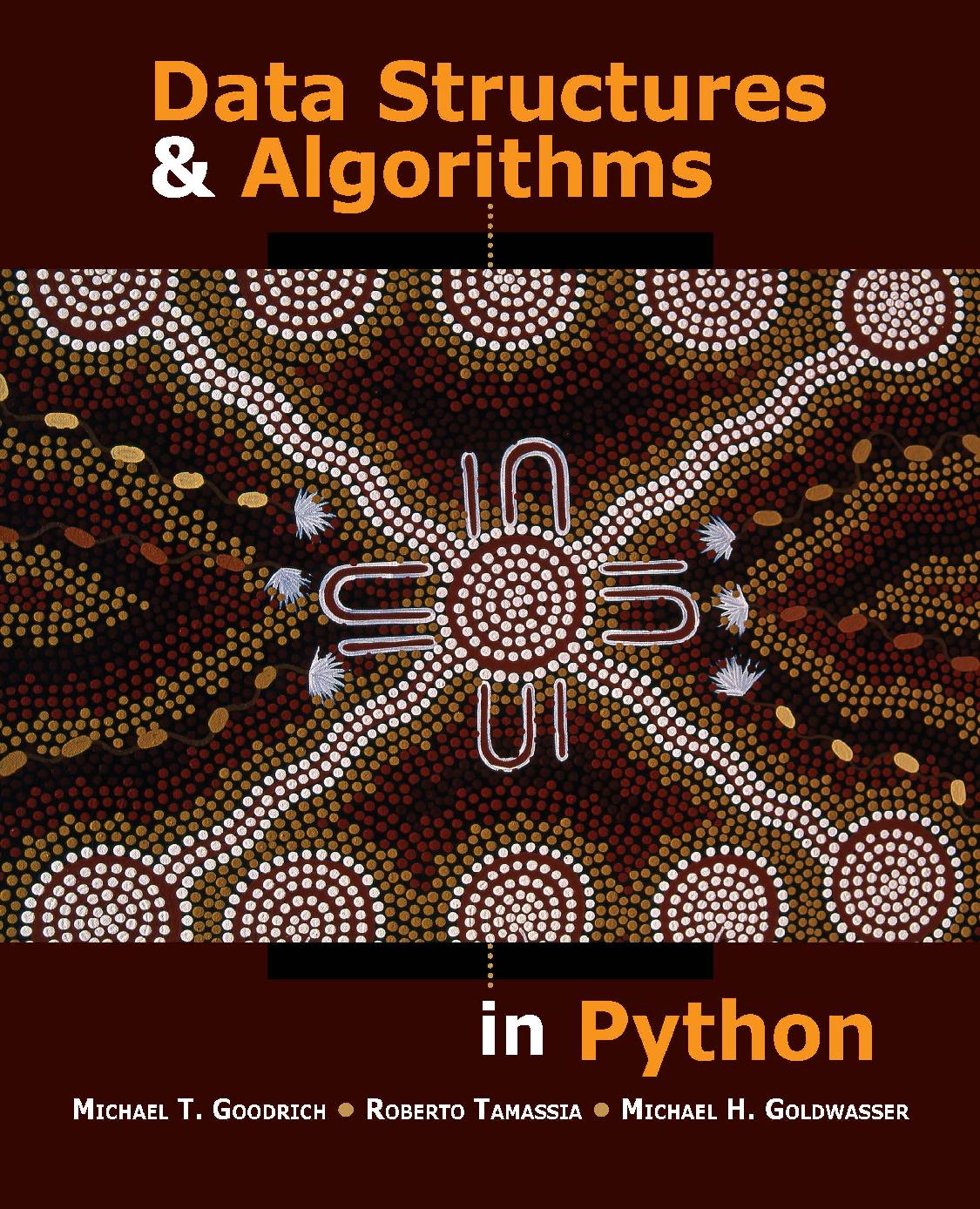
Data Structures and Algorithms in Python
Data Structures and Algorithms in Python
271 Visitas | 440 Descargas | 2013-09-17 12:57:01 | dpr
The design and analysis of efficient data structures has long been recognized as a vital subject in computing and is part of the core curriculum of computer science and computer engineering undergraduate degrees. Data Structures and Algorithms in Python provides an introduction to data structures and algorithms, including their design, analysis, and implementation. This book is designed for use in a beginning level data structures course, or in an intermediate-level introduction to algorithms course.
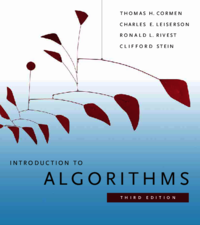
Introduction to Algorithms
Teoría de estructuras de datos, algoritmos y técnicas de programación.
93 Visitas | 106 Descargas | 2016-01-28 16:08:30 | josedaniel
This textbook is a classic in this field, it provides you with an enjoyable introduction to the field of algorithms. We have attempted to make every algorithm accessible and interesting. To help you when you encounter unfamiliar or difficult algorithms, we describe each one in a step-by-step manner. We also provide careful explanations of the mathematics needed to understand the analysis of the algorithms. If you already have some familiarity with a topic, you will find the chapters organized so that you can skim introductory sections and proceed quickly to the more advanced material.
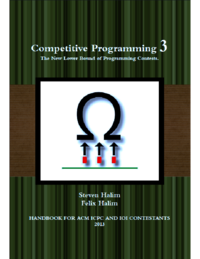
Competitive Programming
Competitive Programming
149 Visitas | 142 Descargas | 2016-02-08 21:01:58 | josedaniel
This book is a must have for every competitive programmer. Mastering the contents of this book is a necessary (but maybe not sufficient) condition if one wishes to take a leap forward from being just another ordinary coder to being among one of the world’s finest programmers. Typical readers of this book would include: 1. University students who are competing in the annual ACM International Collegiate Programming Contest (ICPC) [66] Regional Contests (including the World Finals), 2. Secondary or High School Students who are competing in the annual International Olympiad in Informatics (IOI) (including the National or Provincial Olympiads), 3. Coaches who are looking for comprehensive training materials for their students, 4. Anyone who loves solving problems through computer programs. There are numerous programming contests for those who are no longer eligible for ICPC, including TopCoder Open, Google CodeJam, Internet Problem Solving Contest (IPSC), etc.
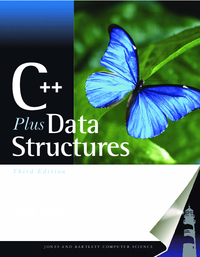
C++ Plus Data Structures, 3rd Edition (2003)
C++ Plus Data Structures
148 Visitas | 275 Descargas | 2016-09-14 13:24:13 | pecarrazana
H istorically, has science broadened departments. a course considerably. on Over data the structures The lasttopic 18 years, has of been data however, structures a mainstay the focus has of now most of this been computer course sub- sumed under the broader topic of abstract data types (ADTs)—the study of classes of objects whose logical behavior is defined by a set of values and a set of operations. The term abstract data type describes a comprehensive collection of data values and operations; the term data structures refers to the study of data and how to repre- sent data objects within a program; that is, the implementation of structured rela- tionships. The shift in emphasis is representative of the move towards more abstraction in computer science education. We now are interested in the study of the abstract properties of classes of data objects in addition to how the objects might be represented in a program. Johannes J. Martin put it succinctly: “. . . depending on the point of view, a data object is characterized by its type (for the user) or by its structure (for the implementor).”1
Contribuir
Usted puede contribuir con Libros UCLV, es importante para nosotros su aporte..
Contribuir